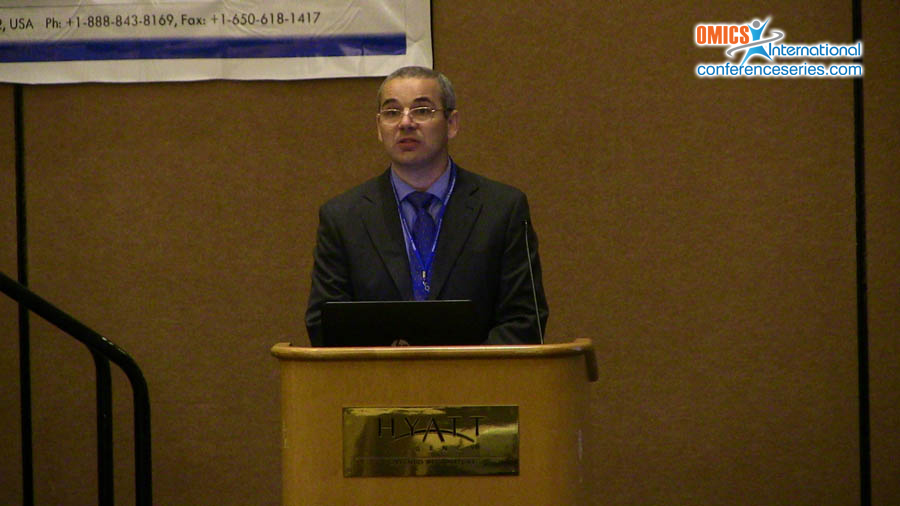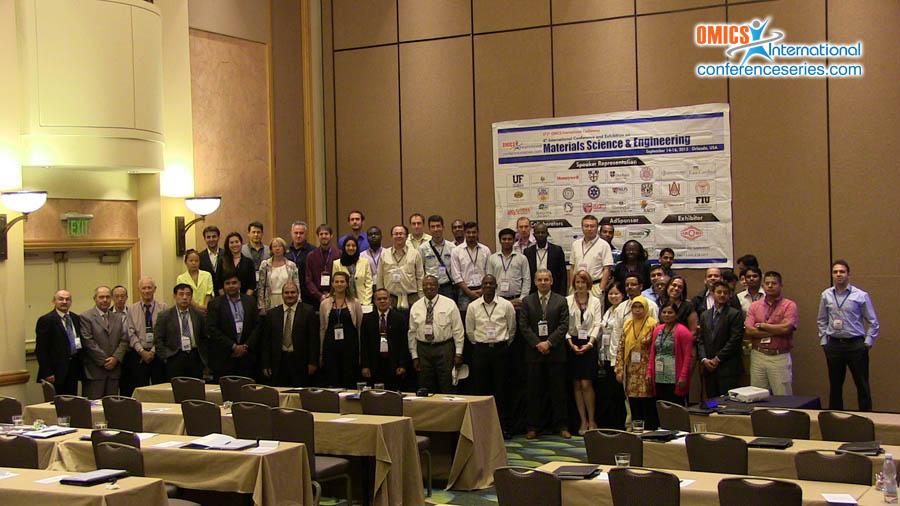
Dmytro Kevorkov
Concordia University, Canada
Title: Mechanism of material removal in Ti-6Al-4V at the incubation and advanced water droplet erosion stages
Biography
Biography: Dmytro Kevorkov
Abstract
Water droplet erosion (WDE) is a special form of erosion produced by repetitive impingement of high velocity liquid droplets on a solid surface. The mechanism of the erosion process is complex by virtue of the many parameters involved including: impact velocity, impact angle, droplet size, droplet density, frequency of impacts and mechanical properties and condition of the target material. Water erosion damage is often experienced in steel and Ti-6Al-4V compressor blades used in the power generation industry. In this study, the WDE behaviour and the mechanism of material removal (damage) in Ti-6Al-4V during the incubation and advanced WDE stages were investigated. The WDE test was conducted in a rotating disc rig in accordance with ASTM G73 Standard practice for liquid impingement erosion testing. The influence of impact speed between 150 and 350m/s on the WDE behaviour was explored and the cumulative mass losses versus the exposure time/number of impingements graphs were reported. Based on the graphs, we observed that increasing the impact speed showed faster erosion initiation times and greater erosion rates (ERmax). For instance, initiation times of 340, 12 and 3 minutes and ERmax of 1.65x10-5, 68x10-5 and 412x10-5g/min were recorded for impact speeds of 200, 250 and 350m/s respectively. Moreover, on a log-log graph of ERmax versus impact speed, it was also observed that the ERmax was related to the impact speed with an exponent of 8. Furthermore, our SEM micrographs showed that during the incubation period, material damage was mainly limited to the generation of microcracks, isolated pits and shallow depressions. More so, we have concluded that the main causes were the high pressure exerted by the relative high speed between the droplets and the test specimen and the lateral jetting (radial out flow) of the liquid droplet generating local shaped-charge-like droplet impacts. These causes were also the primary reasons for fatigue induced spalling of significant material during the advanced stage. We also concluded that the most profound mode of material removal during this advanced stage was hydraulic penetration of the liquid into the initial pits thereby, forcing large chunks of material to be removed. However, fatigue cracks, sub-surface cracks, micro jetting and material folding were also typical features observed and reported.


